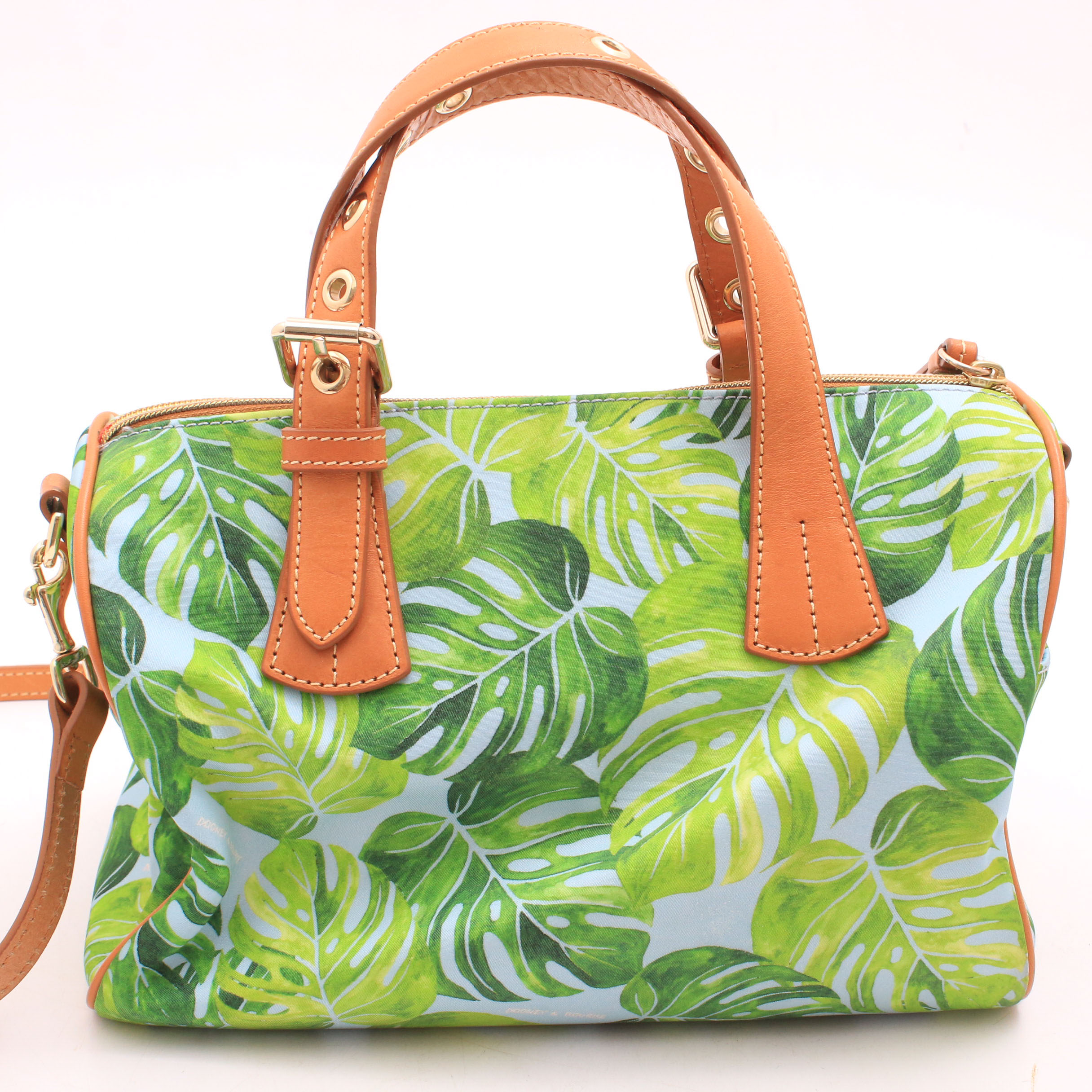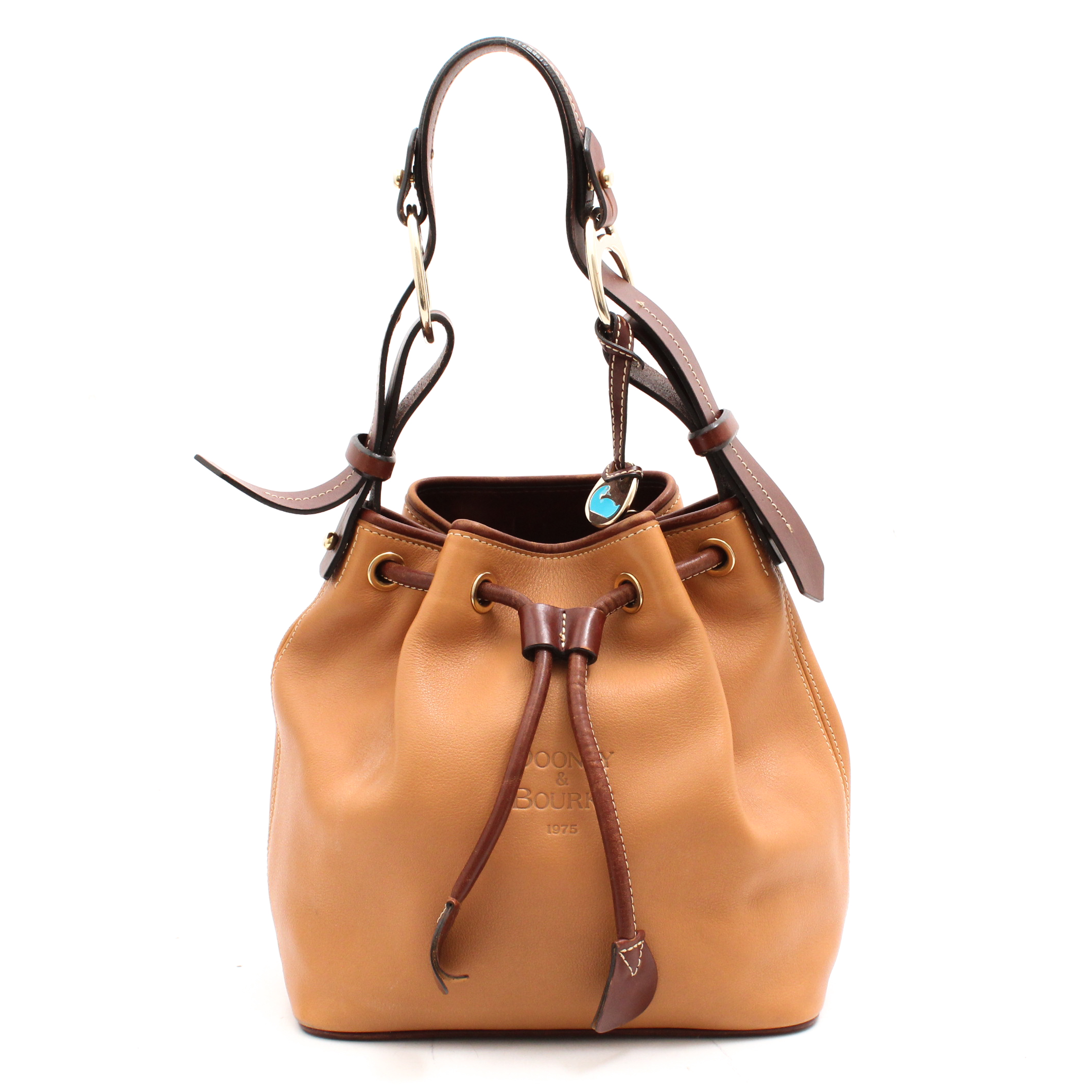


A district court abuses its discretion when it rests its decision on a clearly erroneous finding of fact or makes an error of law. We review for abuse of discretion the district court's denial of a preliminary injunction. To obtain a preliminary injunction, plaintiff must show irreparable harm absent injunctive relief, and either a likelihood of success on the merits, or a serious question going to the merits to make them a fair ground for trial, with a balance of hardships tipping decidedly in plaintiff's favor.Louis Vuitton Malletier (Vuitton or plaintiff) appeals from an Augjudgment of the United States District Court for the Southern District of New York (Scheindlin, J.) that denied plaintiff's motion for a preliminary injunction in its trademark infringement suit against defendant Dooney Bourke, Inc.(quoting Gruner + Jahr USA, 991 F.2d at 1078). "To apply this factor, courts must analyze the mark's overall impression on a consumer, considering the context in which the marks are displayed and the `totality of factors that could cause confusion among prospective purchasers.'" Id. Burlington Coat Factory, 426 F.3d at 537. The similarity of the marks is a key factor in determining likelihood of confusion.A plaintiff can establish a mark as distinctive by showing that the mark is "inherently distinctive," i.e., intrinsically capable of identifying its source, or by demonstrating that the mark has acquired "secondary meaning." Id.
#Register dooney and bourke handbags registration#

to an injunction against another person's commercial use in commerce of a mark or trade name, if such use begins after the mark has become famous and causes dilution of the distinctive quality of the mark." 15 U.S.C. The Trademark Dilution Act provides that "the owner of a famous mark shall be entitled. That new section is codified at 15 U.S.C. § 1125, by adding a new § 43(c) to provide a cause of action for dilution of "famous" marks. 985, which amended § 43 of the Lanham Act, 15 U.S.C. The discussion of this subject begins with the Federal Trademark Dilution Act of 1995, Pub.L. Vuitton also appeals the denial of its motion for a preliminary injunction on its Federal Trademark Dilution Act claim (Trademark Dilution Act or Act), 15 U.S.C."A district court's findings with regard to each individual factor are subject to the clearly erroneous standard of review, but the ultimate issue of the likelihood of confusion is reviewed de novo." Streetwise Maps, Inc. 1961), and consider: (1) the strength of the mark, (2) the similarity of the two marks, (3) the proximity of the products, (4) actual confusion, (5) the likelihood of plaintiff's bridging the gap, (6) defendant's good faith in adopting its mark, (7) the quality of defendant's products, and (8) the sophistication of the consumers. In analyzing this second prong of the test for trademark infringement, courts apply the non-exclusive multi-factor test developed by Judge Friendly in Polaroid Corp. We turn next to the question of likelihood of confusion.On appeal, Vuitton contends the district court blurred Vuitton's distinctive trademark by reducing it to an undefined and unprotectable "look," and also focused improperly on a side-by-side comparison to assess likelihood of confusion. The central consideration in assessing a mark's protectability, namely its degree of distinctiveness, is also a factor in determining likelihood of confusion. First, we look to see whether plaintiff's mark merits protection, and second, whether defendant's use of a similar mark is likely to cause consumer confusion. We analyze trademark infringement claims under the familiar two-prong test described in Gruner + Jahr USA Publ'g v.


 0 kommentar(er)
0 kommentar(er)
